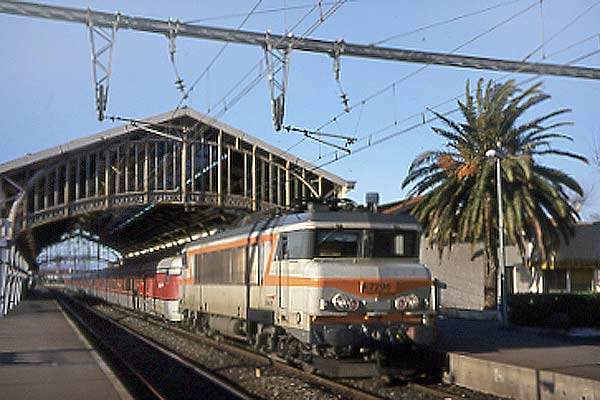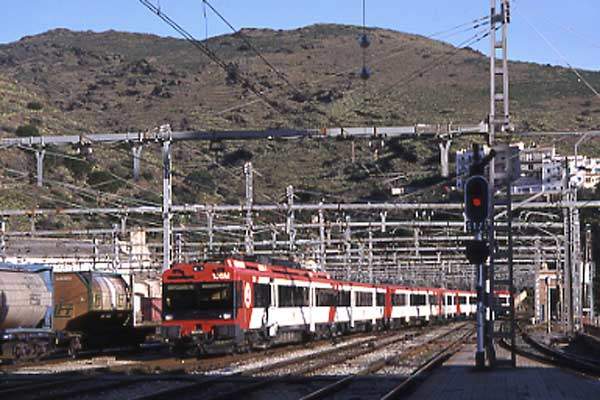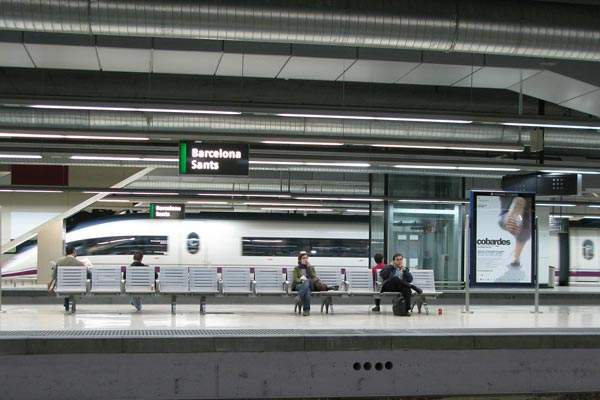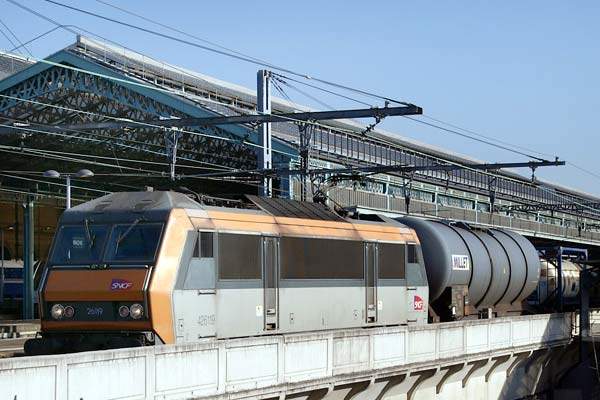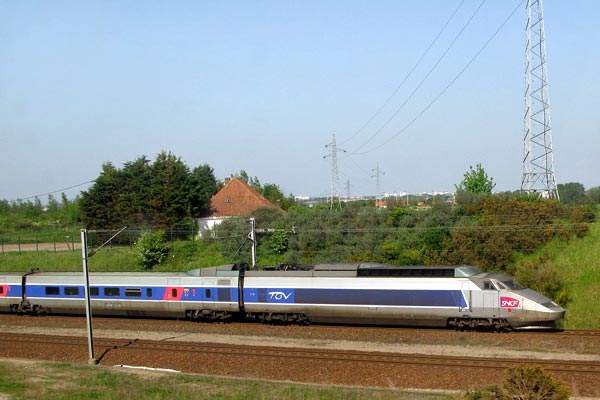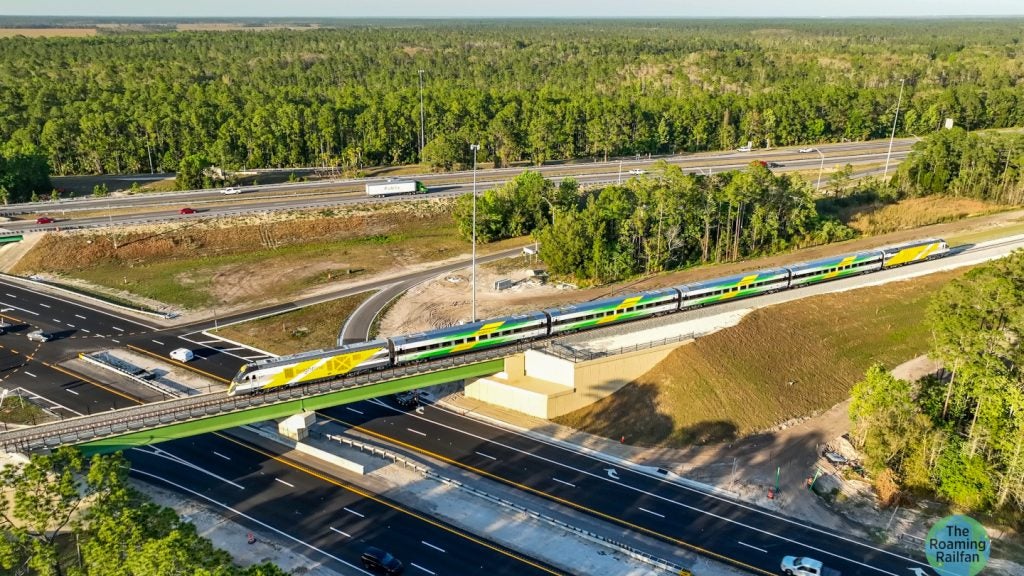In 2001 the French and Spanish governments agreed to create a new line between Perpignan, France and Figueres, Spain. On a near north-south axis through the Pyrenees, this would become the prime rail link between the two countries on their eastern border, supplanting the role occupied by the more easterly current main line close to the Mediterranean with the border crossing at Cerbère-Portbou.
The cross-border region has been subject to continuing traffic growth, notably for freight.
The project
The line will eventually connect an expanded French Ligne à Grande Vitesse (LGV) network to the Alta Velocidad Espñola (AVE) high-speed line being built from Barcelona to Figueres, an extension of the Madrid-Barcelona AVE opened in February 2008. As the AVE network is built to 1,435mm gauge and 25kV ac (as opposed to the main system at 1,668mm and 3,000V dc), the Perpignan-Figueres project is to form part of a standard gauge line linking the French and Spanish capitals.
As well as its role in the European high-speed network, the new line will give much shorter transit times across the border, which is constrained by the change of gauge at Portbou. Currently all through trains either pass through a gauge changer or are transhipped between wagons at the substantial rail installations shared at Cerbère-Portbou.
The line marks a departure for both LGV and AVE in that it is built with the intention of accommodating freight as well as high-speed trains. This is workable over the relatively short length and because of the lower frequencies of cross-border passenger services, which alone would not justify the line’s creation.
Apart from the consortium contribution, project funding is from the two countries and the European Community. In 2003 a 50-year concession to build and operate the Perpignan-Figueres line was won by the specially formed TP Ferro consortium, a 50/50 joint venture between Eiffage of France and Spain’s ACS-Dragados. Construction began in 2004.
Infrastructure
The capability for mixed-traffic use over the 44.4km (27.6) miles of the new route means that Perpignan-Figueres will have far less severe gradients than those of lines dedicated to high-speed trains. To contain environmental impact, the line is in part bundled with the A9 and AP7 (E15) motorways.
Needing over 60 bridges to carry the line from a junction on an existing line west from Perpignan to regaining the classic route near Figueres, the principal structure is the 8.17km (5.08 mile) twin-bore Perthus Tunnel through the Pyrenees from near Montesquieu-des-Albères to near El Llobregat. Initially projected to cost €301m, the tunnels were created in just over two years with two tunnel boring machines, Tramontane and Mistral, representing around one third of the project’s total at the outset.
Unexpected geological conditions accounted for several extra months needed for tunnel completion. Civil engineering and earthworks for open-air sections were complete by late 2007. Ballasted track is used, except for slab track in the tunnel.
Rolling stock
As Renfe standard gauge locomotives are limited to a small fleet supporting the AVE operation, locomotives from SNCF or open access operators will be the principal freight motive power, albeit not south of Figueres. Trains will switch via a flyover from left to right-hand running during the transit of the new line.
The future
The AVE extension from Barcelona via Gerona seems unlikely to be completed until 2012, thereby ruling out through running by French stock beyond Figueres.
Another incompatibility is on the French side, where the line joins an area of the French network fitted with 1,500V dc electrification, with which Spanish AVE stock is unusable. The LGV between Montpellier and Perpignan, approximately 150km, also lies well in the future beyond the Perpignan-Figueres completion.
The manner of operation for Perpignan-Figueres is thus uncertain and will inevitably be a compromise of the project’s real potential.
One passenger service option is variable gauge Spanish stock such as the Renfe Class 120, as-yet unapproved for French operation, and continued use of the Talgo stock currently working Paris-Barcelona. Only when the line connections are fully completed will the target of around five-and-a-half hours between those cities become possible.
Freight will immediately gain from the faster routing, but continued transhipment and gauge changing will, however temporary it proves to be, negate part of the rationale for the Perpignan-Figueres project. With implications for return upon investment, the concession holders may seek renegotiation of the terms of the operating agreement.

